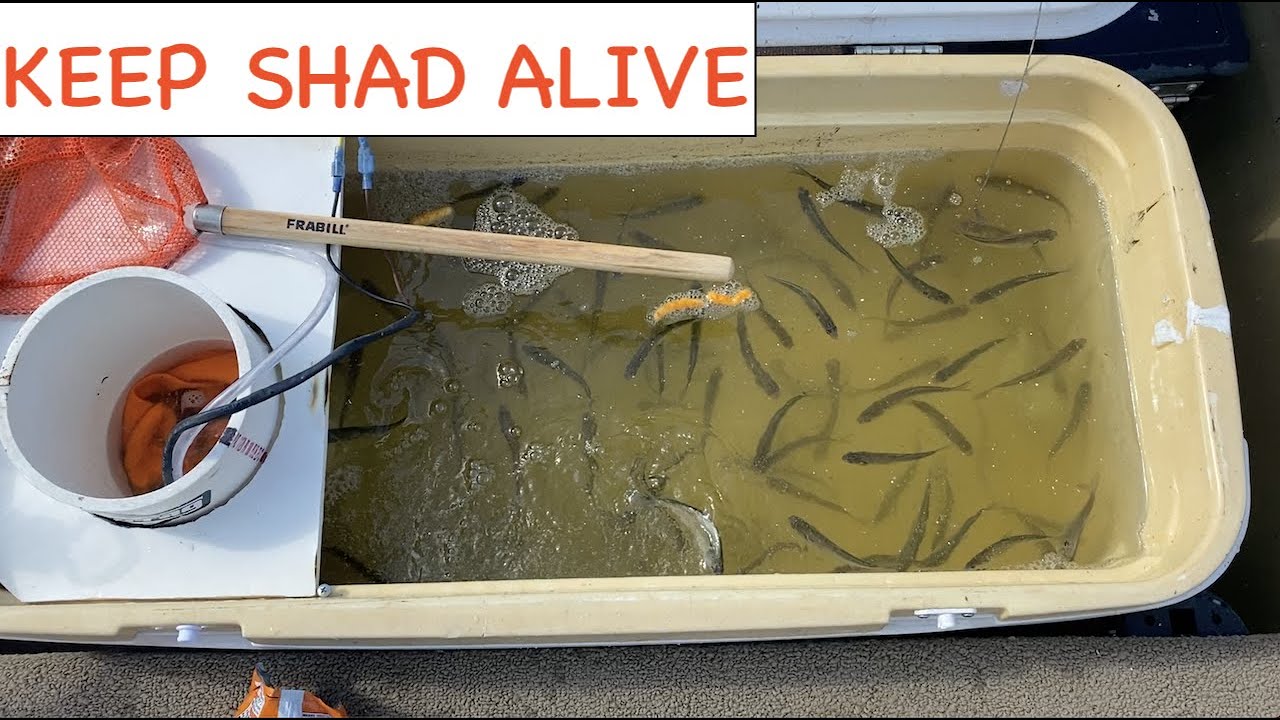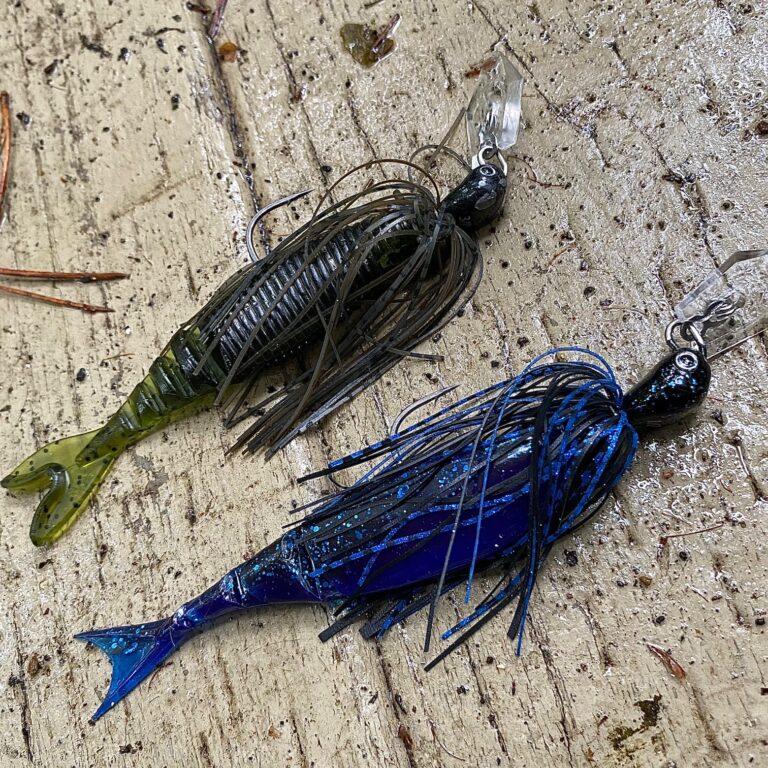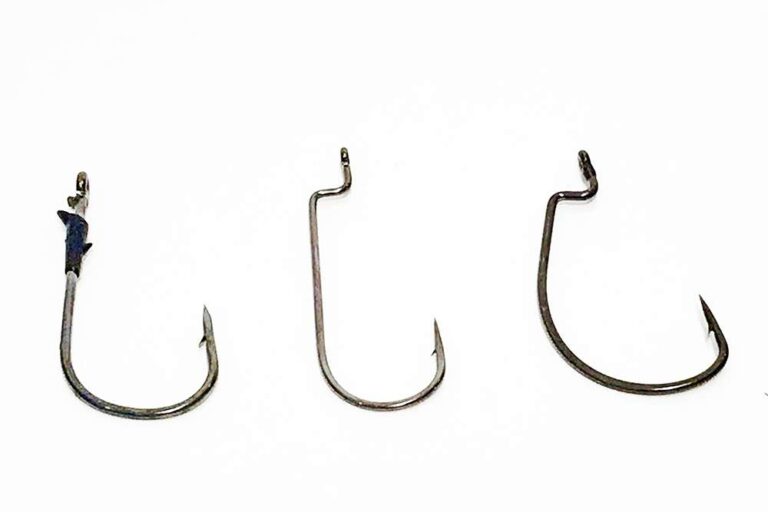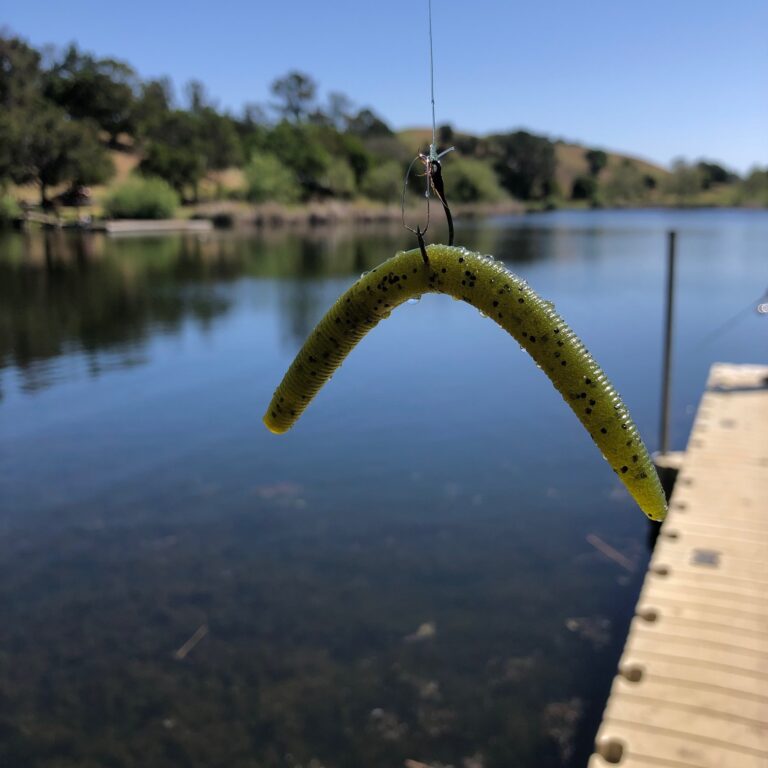How to Keep Shad Alive

To keep shad alive, create a filtered, aerated, and circulated bait tank, add non-iodized salt and ammonia to the tank, install a pump to ensure proper oxygenation, and use ice to keep the shad fresh. The Shad Shack is recommended as one of the best bait tanks for keeping gizzard shad, herring, bream, and perch alive.
Additionally, using a net to transfer baitfish and adding rock salt to the tank can help preserve the shad. It is important to catch bait before cold fronts hit, as they can cause shad to move into deeper water. By following these steps and utilizing the right equipment, you can effectively keep shad alive for fishing purposes.
The Importance Of Keeping Shad Alive
Keeping shad alive is crucial for enhancing fishing success and preserving bait quality. To achieve this, it is essential to provide a suitable environment for shad, including a proper filtration system, as well as aeration and circulation of the water. Additionally, maintaining the appropriate water temperature and oxygen levels is vital to keeping shad alive. Furthermore, using non-iodized salt and ammonia can help in sustaining their well-being. By following these steps, anglers can effectively ensure the longevity of shad, ultimately improving the overall fishing experience.

Credit: www.tiktok.com
Tips For Keeping Shad Alive
When it comes to keeping shad alive, maintaining water quality is crucial. Shad need clean and well-oxygenated water to survive. One way to ensure proper oxygenation is by using proper aeration techniques, such as installing an air pump or diffuser in the tank. This will help keep the water oxygenated and prevent the shad from suffocating.
Another tip for maintaining water quality is adding salt to the tank. Salt can help reduce stress in shad and improve their overall health. However, it is important to use non-iodized salt to avoid any harm to the shad. Adding a small amount of salt to the tank can help create a more suitable environment for the shad.
By following these tips, you can increase the chances of keeping your shad alive and healthy. Remember to regularly check the water quality and make any necessary adjustments to ensure the best conditions for your shad.
Creating A Suitable Environment For Shad
To keep shad alive, it is important to choose the right bait tank, control water temperature, and provide adequate space.
Choosing the Right Bait Tank: Look for a bait tank that is filtered and insulated, such as the Shad Shack tank. This type of tank is ideal for keeping shad, herring, bream, and perch alive.
Controlling Water Temperature: Shad prefer cooler water temperatures, so it is important to monitor and regulate the temperature of the bait tank. Using ice or a Chiller bait tank can help maintain the right temperature.
Providing Adequate Space: Shad need enough space to move around and swim freely. Make sure the bait tank is large enough to accommodate the number of shad you have.
By following these guidelines and providing a suitable environment, you can keep shad alive and ensure they stay healthy for fishing.

Credit: www.youtube.com
Preserving Shad In The Winter
When transporting shad in the winter, it’s crucial to minimize stress. Place shad in an insulated container to regulate temperature. This helps in protecting them against freezing. Ensure proper aeration and consider adding non-iodized salt to the water. Maintain a consistent water temperature to keep the shad alive and healthy during transport.
Additional Resources And Tips
When it comes to keeping shad alive, finding the best bait tank is crucial. One method is using salt to purge impurities. Rock salt can help the shad eliminate any build-up inside them and prevent their scales from coming off in the tank. This ensures the water remains clean. Alternatively, there are other options for keeping live shad. The Shad Shack is considered one of the best bait tanks for keeping gizzard shad, herring, bream, and perch alive. It is filtered and insulated, making it ideal for catfish and striper anglers who rely on live bait. For those looking to freeze shad, a step-by-step video guide is available on YouTube. Preserving shad for bait can also be done by freezing them, although there may be better options available.

Credit: m.facebook.com
Frequently Asked Questions On How To Keep Shad Alive
How Do You Keep Freshwater Shad Alive?
To keep freshwater shad alive, follow these steps: 1. Use a filtered and aerated bait tank. 2. Add non-iodized salt to the tank. 3. Use an ammonia solution to maintain water quality. 4. Install a pump to circulate water. 5.
Keep the tank insulated and monitor water temperature.
What Is The Best Bait Tank To Keep Shad Alive?
The Shad Shack is the best bait tank for keeping shad alive. It’s filtered and insulated, ideal for live bait.
What Kind Of Salt Do You Use To Keep Shad Alive?
To keep shad alive, use rock salt in the tank. It helps purge impurities and prevents scales from coming off.
How Do You Preserve Shad For Bait?
To preserve shad for bait, follow these steps: 1. Fill a bait tank with water. 2. Add non-iodized salt and ammonia to the tank. 3. Install a pump to keep the water circulating. 4. Use rock salt to purge impurities and coat the shad’s scales.
5. Keep the shad in a filtered and insulated bait tank. This will help keep the shad alive and fresh for your fishing needs.
Conclusion
To maintain the health of your shad, prioritize a clean and well-oxygenated tank. Implement the use of an effective filtration system, consistent water changes, and proper temperature and oxygen levels. By following these steps, you can ensure the longevity of your shad and maximize their viability as bait for successful fishing expeditions.





